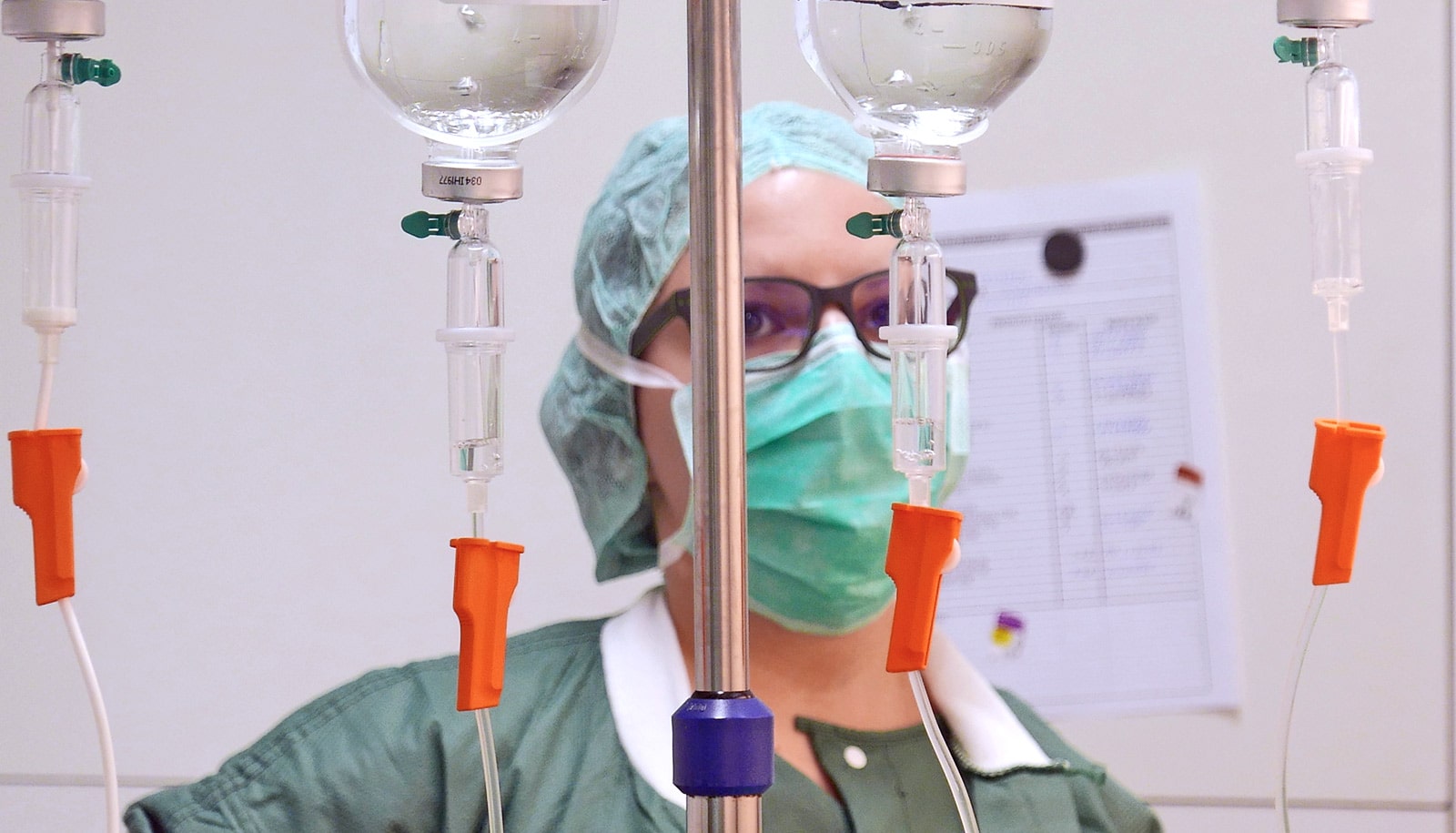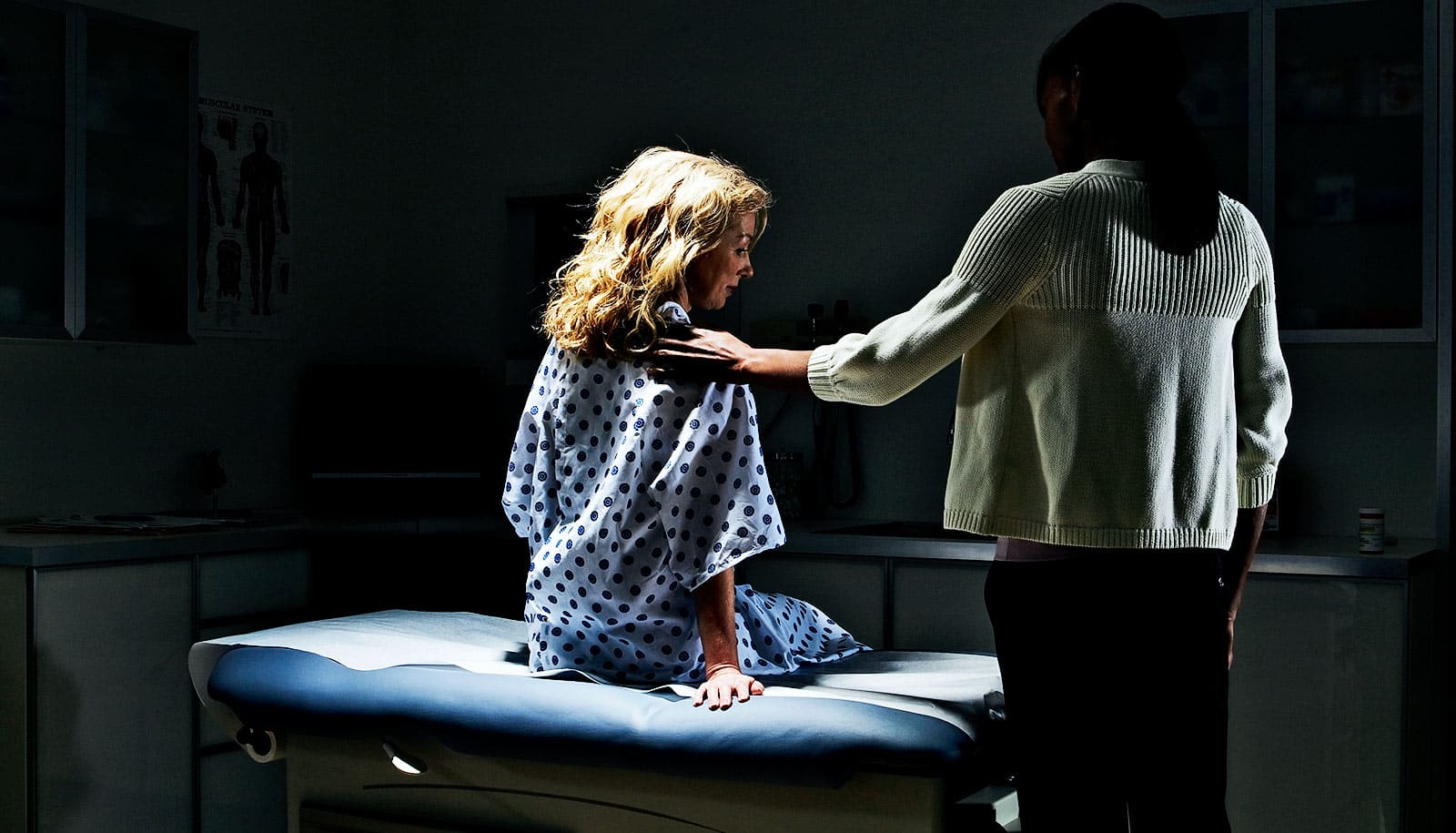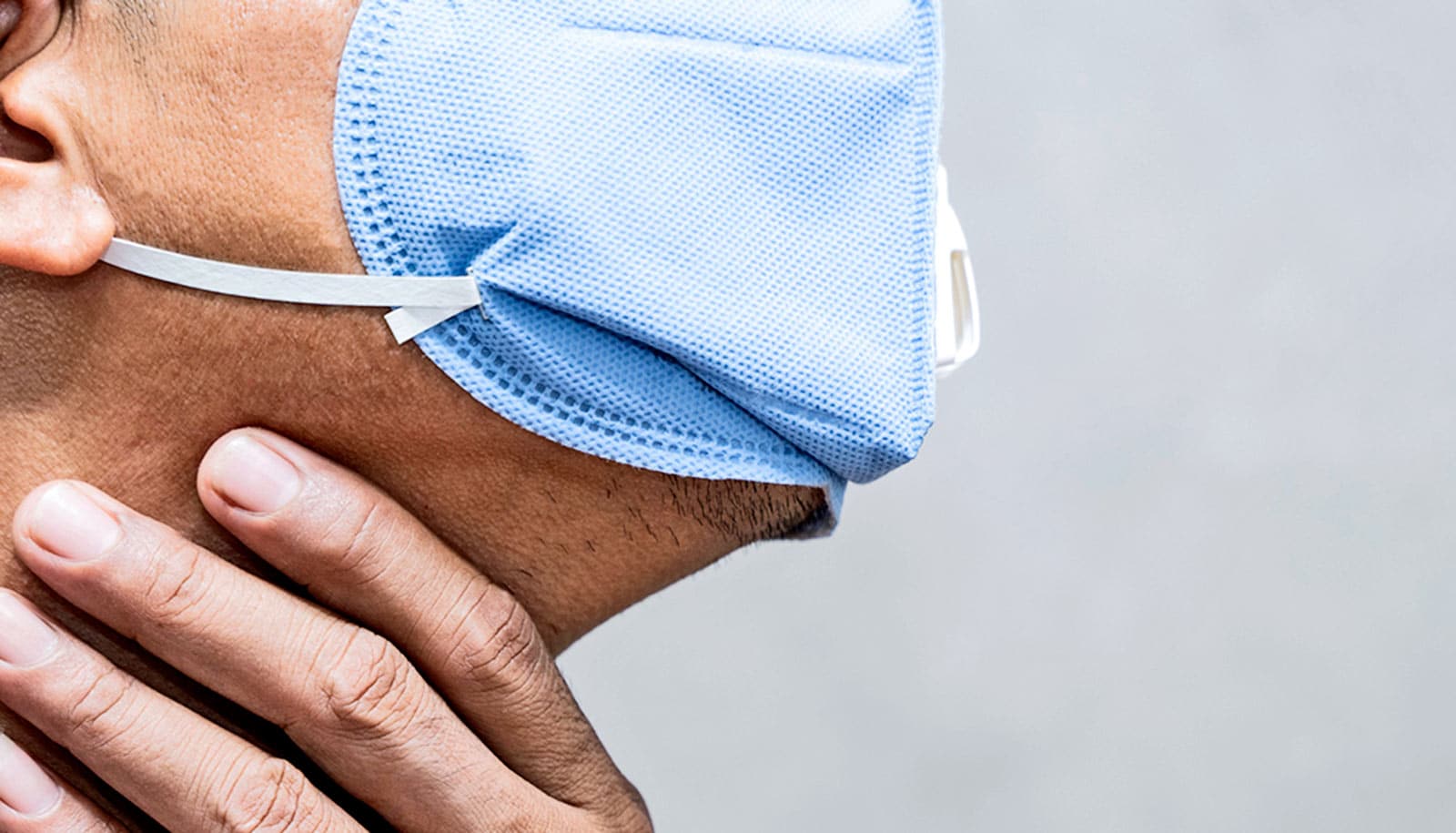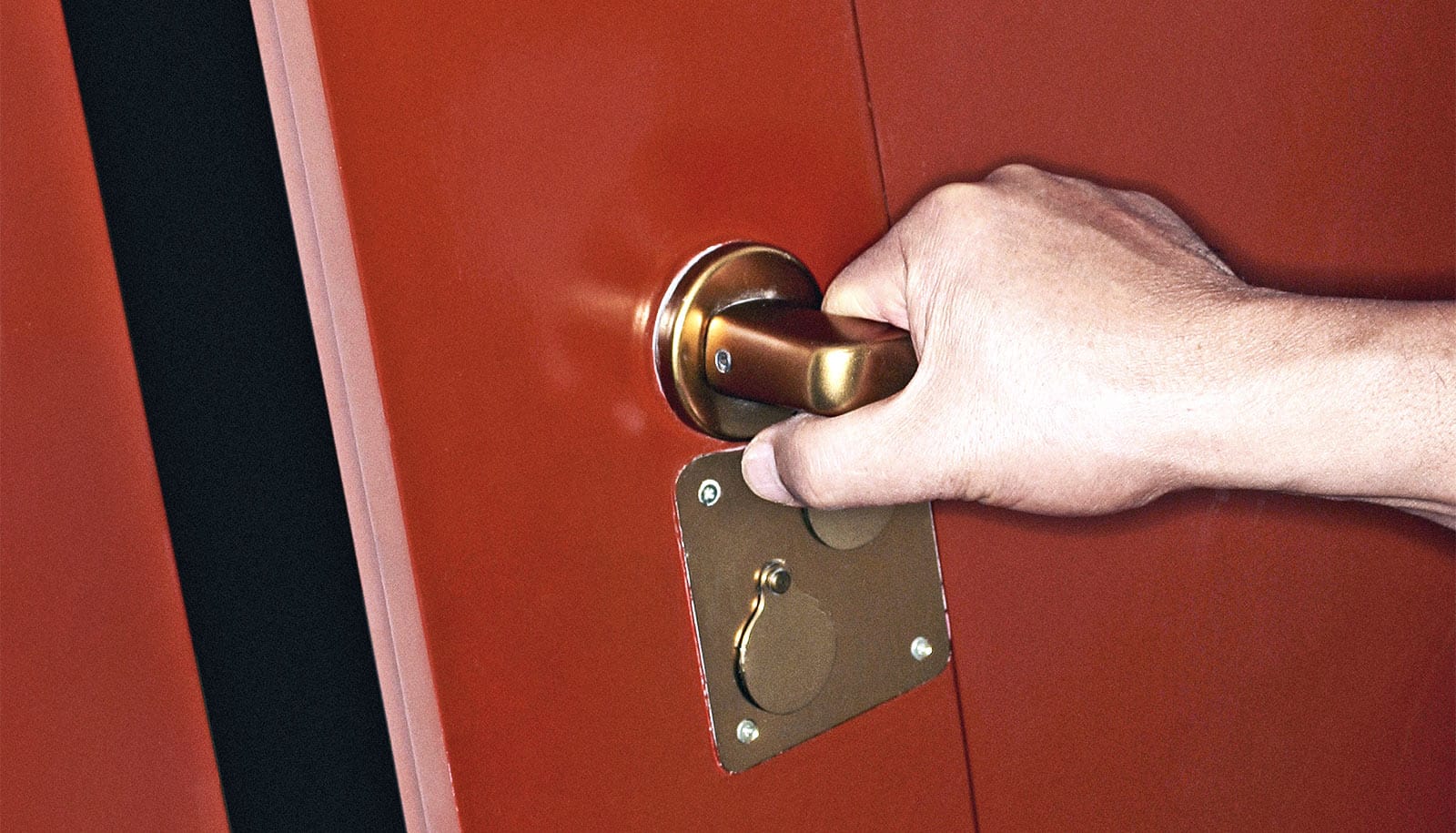New research finds extremely low levels of the virus that causes COVID-19 on surfaces where oncology and hematology inpatients and outpatients receive treatment.
The finding provides additional assurance that those receiving cancer care are safe when receiving care.
“For patients with blood cancers who may be at higher risk of developing complications from the virus, our findings provide a layer of assurance that these patients are safe when frequenting high impact areas where they receive their cancer care,” says Andrew Evens, the lead author of the study published in Cancer, director of the Lymphoma Program at Rutgers Cancer Institute of New Jersey, and medical director of the oncology service line at RWJBarnabas Health.
“The results of this study help us further understand how COVID-19 is transmitted in hematology/oncology and other medical settings, and confirm that strategies like enhanced cleaning and disinfecting policies are extremely effective.”
Researchers from Rutgers Cancer Institute evaluated the frequency of SARS-CoV-2, the virus that causes COVID-19, on various environmental surfaces in outpatient and inpatient hematology/oncology settings located within Rutgers Cancer Institute and Robert Wood Johnson University Hospital.
Patients harboring hematologic malignancies, which are cancers that affect the blood, bone marrow, and lymph nodes, have demonstrated a potential higher mortality rate due to the virus. While COVID-19 is transmitted person to person through respiratory droplets, it has been hypothesized that there is a potential risk of SARS-CoV-2 spreading via contact with contaminated surfaces and equipment, especially in health care settings, creating additional concern for patients with blood cancers.
Environmental swabbing took place in two outpatient clinics, including the malignant hematology and medical oncology units and infusion suites as well as inpatient areas, which included the leukemia/lymphoma/CAR T-cell unit, and an inpatient unit caring for patients actively infected with COVID-19. Surfaces were sampled on Mondays, Wednesdays, and Fridays from June 17, 2020, through June 29, 2020. Areas included waiting rooms, infusion areas, bathrooms, floors, elevator banks, doors, exam rooms, computer equipment, pneumatic tubing stations, pharmacy benches, and medication rooms. Medical equipment was also swabbed from these areas including intravenous poles, chemotherapy bags, vitals monitor, telemetry stations, and linen carts.
Analysis of the 130 samples collected were separated into three categories: patient/public areas (85), staff areas (22), and medical equipment (23). In the two outpatient clinics and inpatient leukemia/lymphoma/CAR T-cell unit, no SARS-CoV-2 was detected on any swabbed surfaces. In the inpatient COVID unit, one patient/public sample was positive for detection of SARS-CoV-2 in an area where a patient with recent infection was receiving treatment. Thus, the overall positive test rate for SARS-CoV-2 across all surfaces in the combined outpatient and inpatient hematology/oncology units was a low 0.5%.
Source: Rutgers University



